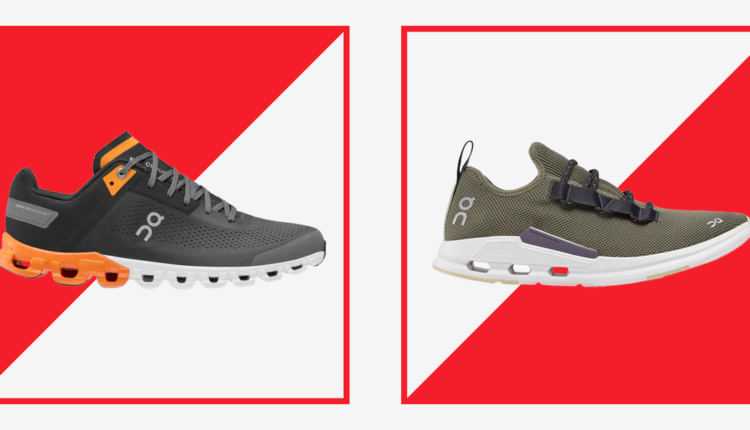On has one of the deepest and best selections of running shoes of any brand on the market. No matter what breed of runner you are—where you like to run, how hard you run, or what time of day—On makes a running shoe that fits our needs. Here are the most important considerations for finding the best on running shoes for you:
Intended use: Above all else, consider where you plan to run is important. Running shoes are designed differently for the road than they are for the trail. Road-running shoes are usually lighter and more flexible with enough cushion to support your stride over even, hard-packed surfaces like roads and sidewalks. Trail running shoes, on the other hand, are stiffer and more rugged for running on uneven off-road surfaces. They also have larger lugs (or “cleats”) for improved traction on the trail.
Cushion: The ideal amount of cushion in your running shoes is a matter of personal preference. Like mattresses, running shoes are available in a variety of cushion heights from “barefoot” shoes (with as little as 3 mm of cushioning) to ultra-plush, maximum comfort kicks. Barefoot and minimal shoes are preferred by some runners because they feel more natural (like running with no shoes at all), while maximum cushion shoes can feel like running with tiny memory foam pillows strapped to your feet.
It’s up to you to decide what works best for your running style, which is why we recommend trying them beforehand. Keep in mind that, in general, more padding usually makes for less responsiveness. That can affect both how you run and your overall performance.
Durability: You, of course, want running shoes that literally go the extra mile(s). Regular runners can expect a decent pair of running shoes to last about 500 miles (that’s about 3-4 months). You’ll know when it’s time to upgrade by examining your outsoles and midsoles. If they look worn or compressed, it’s time for a new pair.
Support: Most On running shoes offer medium arch support. They’re specifically designed to fit a broad range of feet—”average” runners, if you will. If you have flat feet and need a little extra support under the medial arch, check out our recommendations for the best running shoes for guys with flat feet.
Fit: Of course, only you know if your shoes fit properly—another reason why it’s important to try before you buy or shop retailers (like On) with free return shipping in case you need to swap for a different size or different model altogether. Note that some running shoe models are better suited to wide feet than others. Bottom line: Your new kicks should fit right from day one with little to no break-in period.


Comments are closed.